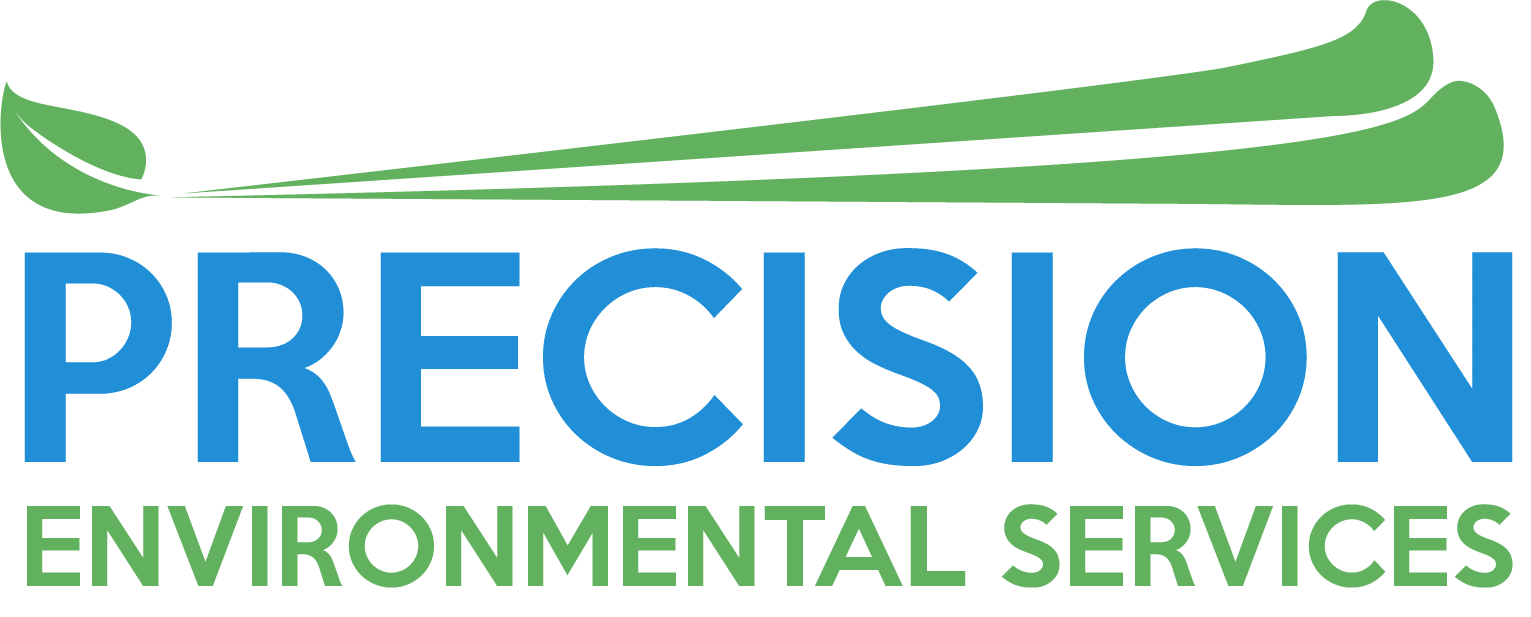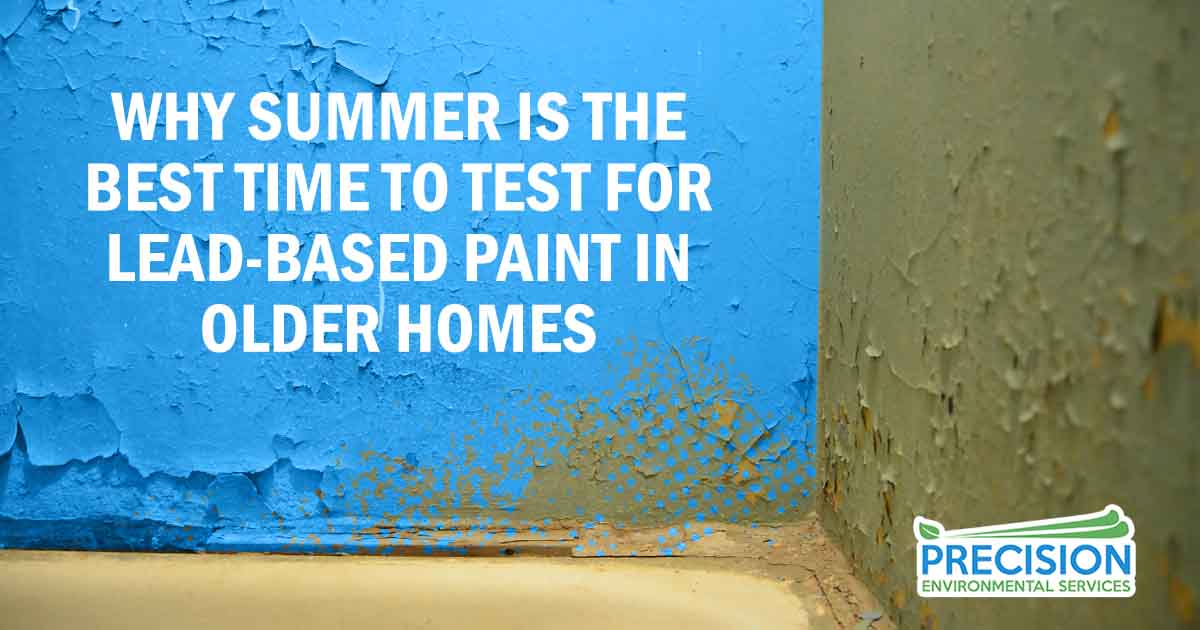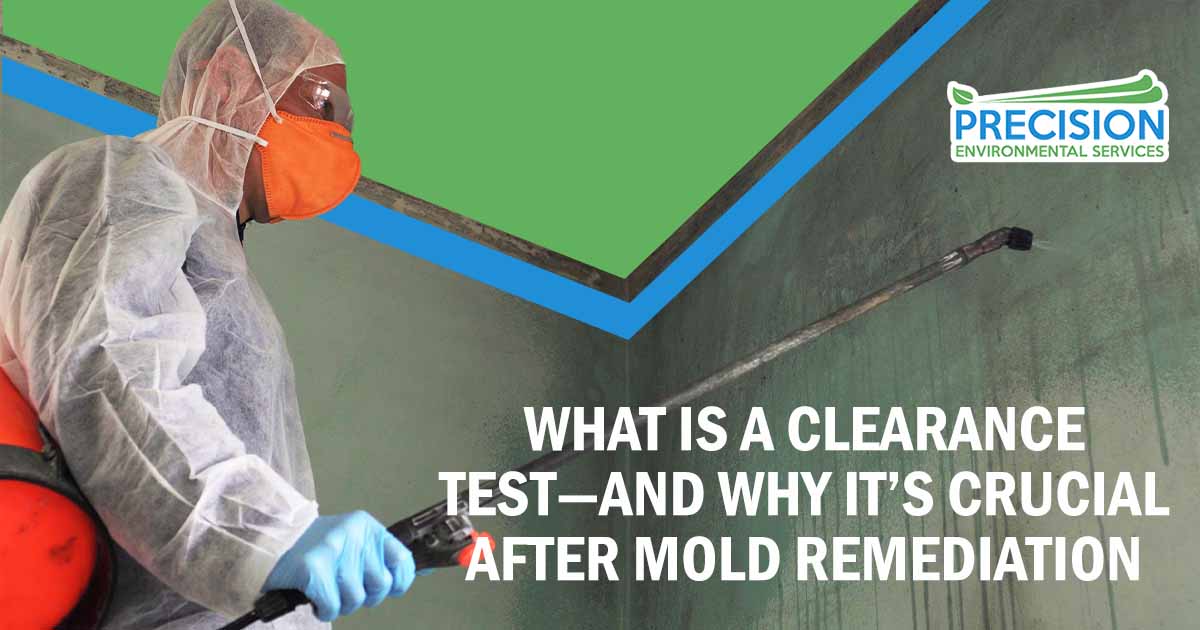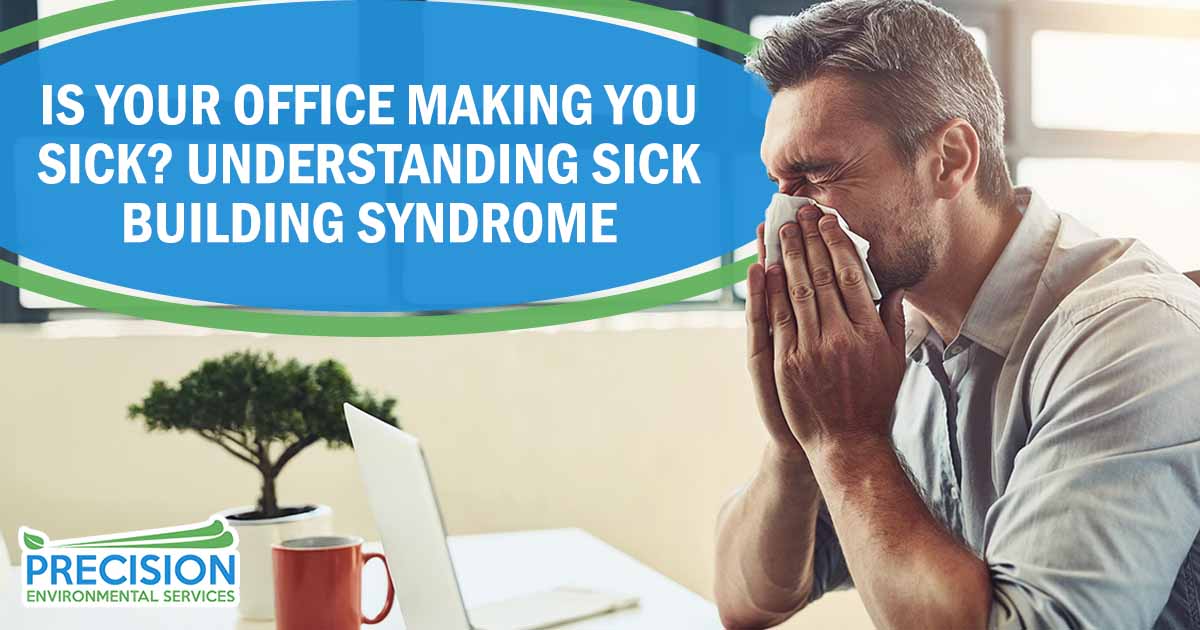Four Ways of Assessing the Risk of Mold in Your Home
Mold is an essential organism for the survival of our planet. Its function is to facilitate the decomposing process of organic waste, and it’s a vital part of the waste disposal system in nature. It is only when mold growth arises in places like our homes and workplaces that it poses as a serious human health risk and something that can impact the safety and structure of a building. Therefore, it’s important to carry out regular checks for mold and assess the mold risk in environments where we work and live.
Visible Mold
Mold growth that is large enough to be seen with the naked eye is a clear indicator that your home has a problem. Spotting mold during a visual inspection is one of the simplest and most obvious methods of determining if your property has a mold problem. If you can see mold growing on the ceilings, walls, tiles, bathroom cabinets, etc. there is likely an issue in your home that is encouraging mold growth, such as a broken bathroom extractor fan, water leak or high humidity problem. It’s vital that you identify the main underlying issue promoting mold growth before you begin looking for ways to get rid of the visible mold. If you don’t address the root cause of the mold problem, the fungus will inevitably make a comeback.
If your home has high humidity levels, you might want to regularly move free-standing furniture around to check for mold growth on walls behind it. It is not uncommon for properties in areas with wet, humidity climates to have mold issues that go undetected during the early stages, as people forget to inspect behind and underneath furniture on a regular basis. Investing in a dehumidifier can be an effective way to minimize mold issues if you have a home with high indoor humidity levels.
Is Mold Smelly?
Can you detect a musty smell in certain rooms in your home? Is there a corner in a room that seems to have a odor that doesn’t seem right? If so, it would be advisable to do a bit of investigating to see if there is any hidden mold growth in the area.
When I fell pregnant with my second child, my husband and I were renting a cheap apartment to save money. In the summer months, each time the sun’s rays hit one of the walls in the kitchen, a smell would start to radiate around the apartment that made me feel very nauseous. I knew it wasn’t normal pregnancy morning sickness as my husband also felt sick.
I had previously experienced mold sickness in another apartment, so I knew there had to be mold growing somewhere on the wall. Sure enough, when my husband pulled the dishwasher out to investigate behind it, we found loads of mold and a small leak from one of the water pipes that was causing the wall to remain wet all the time. So, always check the plumping going to appliances in your home to ensure there are no water leaks that will eventually lead to mold growth in your home.
Do You Feel ill At Home?
Do you often feel sick and notice symptoms getting worse when you are indoors? Are you experiencing unexplained headaches, respiratory issues, etc? Sick building syndrome (SBS) is a real condition that many occupants inside an affected property can suffer from. The symptoms of sick building syndrome, according to the NCBI, can include dizziness, eye irritation, headache, dry cough, nose irritation, throat irritation, dry/itching skin, fatigue, hoarseness of voice, cold, allergies, flu-like symptoms, personality changes, sensitivity to odors, difficulty concentrating, and increased asthma attack episodes. While there are other factors besides mold that can cause sick building syndrome, the exact cause of it is often unknown. However, if you find yourself constantly feeling sicker when at home, you may want to test your home for mold to rule out that possibility.
Mold Testing Your Home
If you suspect your home has a mold infestation, carrying out a simple test for mold is worthwhile. Paying for professional mold testing is also a good idea if you are thinking about buying a new home, as it can ensure you don’t purchase a property that is going to give you lots of expensive mold issues to deal with in the future. There is a range of ways to test a property for mold; you can hire a professional company to carryout out a thorough mold inspection, or you can perform your own test, like an ERMI dust test. Contact us for assistance in determining the best testing options for your situation and budget.






